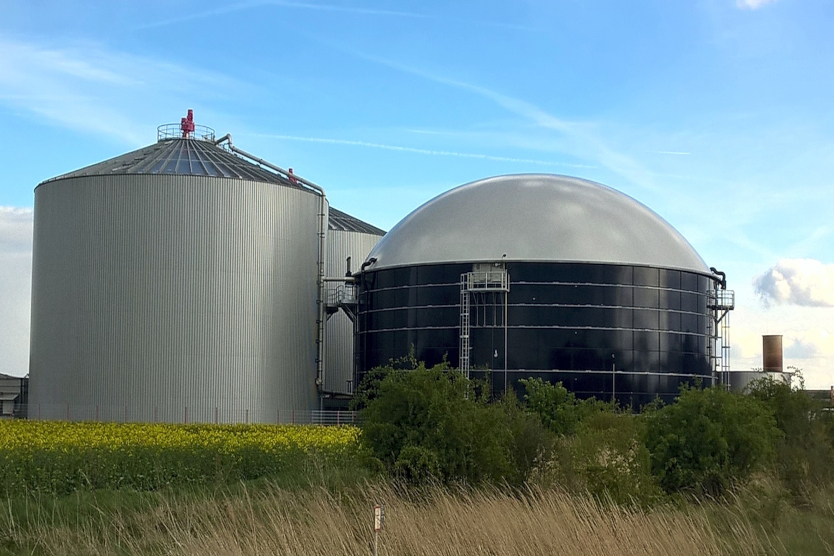
The researchers, assisted by Forschungszentrum Jülich and Hunan Agricultural University in China, reported their findings in the journal "Renewable and Sustainable Energy Reviews".
© Pixabay
In bioenergy circles, miscanthus is widely considered to be a “wonder plant”. In Germany, around 4,500 hectares of agricultural land is given over to the bioenergy crop, which can either be used in the form of pellets or briquettes for energy production, or as a raw material for industry.
The perennial grass grows to three metres, sprouts repeatedly, and can be harvested for 15-20 years depending on site quality. And now a team from the University of Hohenheim, Stuttgart, have found a way of promoting biodiversity in miscanthus fields, whilst improving bioenergy yields. This is achieved simply by growing wild species including tansy, mugwort, wild card and yellow clover around it, since the grass burns better with other bed-fellows.
The researchers, assisted by Forschungszentrum Jülich and Hunan Agricultural University in China, reported their findings in the journal "Renewable and Sustainable Energy Reviews". Of particular interest was the higher melting point that can be achieved once the wildflowers are added (making up 30 percent of the admixture). The melting temperature of ash was 1,200°C, compared to 1,000 without wildflowers. This is important as once the ash melts it forms a slag which reduces furnace efficiency.
The study found the combination had a similarly high calorific value (16.3-17.5 megajoules per kg) to pure miscanthus (for comparison, wood pellets have a value of 18 megajoules per kg). Professor Nicolai Jablonowski, of Forschungszentrum Jülich summarises the significance of the findings in a press release: "The mixture… improves the quality of combustion. This leads to an increase in efficiency and a reduction plant operating costs."
Further studies will consider whether joint cultivation might be feasible at a larger scale – the cost advantages in the combustion process would need to be balanced against any revenue losses due to lower yields of biomass plants.


